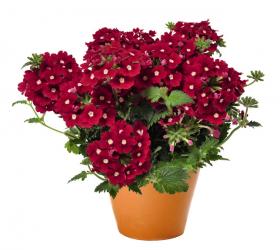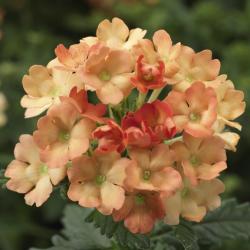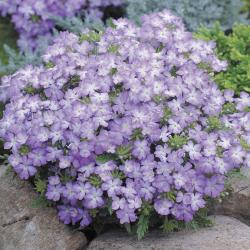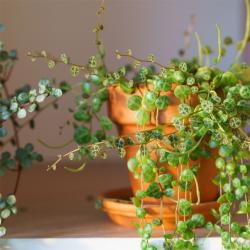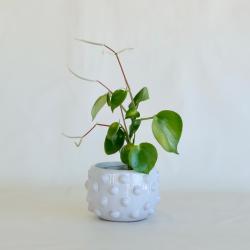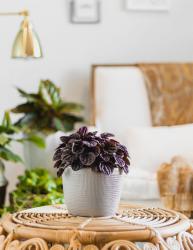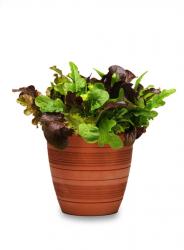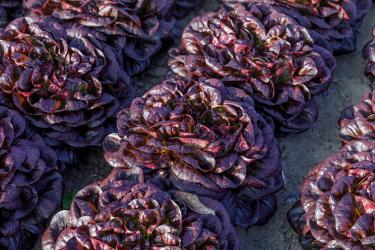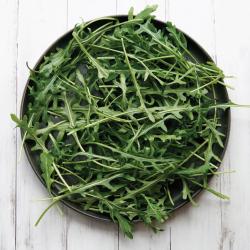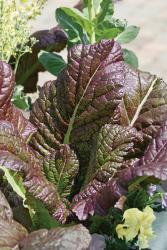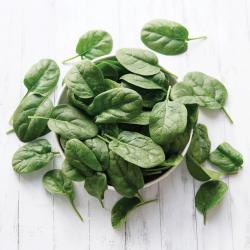Verbena: Verbena are known for their high-tolerance of hot, dry conditions. Many of their varieties are natives of America and Asia. They are clumps or spikes of flowers that grow as herbs, shrubs, trees or vines. Once used as a medicinal herb, verbena are now the perfect ornamental touch.
Tips
• Keep their soil moist, not wet. Verbena do not like having soggy feet. If the soil gets too dry, they are prone to flushing, or losing blooms while remaining green and leafy.
• Aim for six or more hours of direct sunlight for peak blooming performance.
• Powdery mildew, or white, fluffy patches of fungus, can harm this plant. Many new varieties come with a built-in resistance. If yours does not, make sure to stop the spread early with a favorite fungicide.
Peperomia: This booming success of a house plant is a part of the pepper family, but they don’t produce edible fruits; instead, they are part of the family that provides the pepper spice, but the kind grown in your home are not for human or pet consumption. All peperomia are a bit succulent, but each cultivar or species has different water requirements that should be taken into account.
First there was Pilea peperomioides, then Begonia “Red Ruby” and now, to complete the collection, lovers of the dot-in-a-circle leaf choose the Raindrop Peperomia (Peperomia polybotrya). A pale green dot glows at the top of each glossy, succulent leaf that cups slightly and turns down to a very pointy tip. Perfect for beginners, Raindrop Peperomia is not at all fussy, wanting only bright indirect light, average warmth and good humidity. It has low water needs (allow the top inch or so of the soil to dry out before watering) and great disease and pest resistance. However, it is slow-growing with a somewhat fragile root-system, so repot only if necessary every 2-3 years, preferring a broad rather than deep pot. Fertilize once a month at half strength from spring through fall only, nothing in winter. It can be propagated by leaf or stem cuttings. Kathie Hoyer, Bowood Farms.
Tips
• Dropping or yellowing leaves due to mushy stems means the soil is being kept too moist.
• Clay pots will typically work best as the porous sides allow water to escape.
• Adding perlite or orchid bark mix will help water drain more quickly while retaining moisture.
Salad Greens: Why go to the store when you can grow your own fresh store of salad greens at home? With many varieties of lettuce and other leafy edibles, you can create a new and interesting salad mix every time you give it a try.
It’s difficult to choose a favorite salad green! During the cool season, I suggest growing several lettuce varieties in a big container and picking leaves as needed. While I always choose several different types for diversity, romaine and red leaf are typically the most sustainable. Grow Thai basil and chervil as the perfect additions to your leafy greens! Meg Johnson, Timberwinds Nursery.
Tips
• Whole lettuce heads can be successfully stored longer than individual cut leaves.
• Once your salad greens reach maturity, harvest their leaves! This promotes future growth and provides another harvest in as little as a few weeks.
• Hardy greens such as kale, mustard and spinach can also be grown in colder weather, though they will take some additional work compared to warmer conditions.


